Is your newborn suddenly refusing to breastfeed? Don't worry – you're not alone, and this challenge is more common than you might think. Sometimes babies who have had bottles or use pacifiers frequently can become confused about nursing or even refuse to go to the breast altogether. The good news is that there are gentle, effective ways to help your little one return to breastfeeding.
Understanding Why This Happens
Breast refusal can happen for several reasons, but it's often related to nipple confusion when babies have been exposed to bottles or pacifiers. The different sucking techniques required for these feeding methods can temporarily confuse your baby about how to latch and nurse effectively.
Remember, this is temporary and absolutely solvable with patience and the right approach.
Step-by-Step Solutions to Try
1. Embrace Skin-to-Skin Contact
One of the most powerful tools in your breastfeeding toolkit is skin-to-skin contact. Try holding your baby against your bare chest for an hour or two, several times throughout the day. This simple practice does so much more than just promote breastfeeding – it helps enhance your baby's nervous system development and creates beautiful bonding moments for both of you.
2. Try Laid-Back Breastfeeding
If your baby needs extra assistance, the laid-back breastfeeding position (also called biological nurturing) can work wonders. This approach is beautifully simple: just lean back in a comfortable position and lay your baby near your breast with their tummy in full contact with yours. When your baby is ready, they'll naturally find the breast with minimal help from you.
This position works with your baby's natural reflexes and gravity to make latching easier and more comfortable for both of you.
3. Give Your Baby a Taste
Sometimes a little preview helps! Express a few drops of your milk onto your nipple or drip some milk over it so your baby can taste it. Then gently stroke your baby's lips with your nipple, moving from nose toward chin, until their mouth opens wide.
The key here is patience – let your baby take the lead and don't rush the process.
4. Use the Sandwich Hold
If your nipple is difficult for your baby to grasp, you can make it easier by gently rolling it between your fingers to help it stand out. Create a "nipple sandwich" by gently compressing your breast behind the edge of the areola. Keep your thumb aligned with your baby's nose and your fingers on the opposite side.
This technique makes it easier for your baby to get a good latch and helps them grasp more breast tissue.
When You Need Additional Support
Sometimes lactation consultants may recommend temporary feeding measures while you're working on getting your baby back to the breast. These might include alternative feeding methods that won't interfere with breastfeeding progress.
One approach that many find helpful is offering a small amount of milk through an alternative method first to take the edge off your baby's hunger, then finishing the feeding at the breast. This way, your baby associates the breast with the pleasant, contented feeling of being satisfied rather than frustration.
Important Tips During This Transition
- Avoid confusion: While you're working on returning to breastfeeding, it's best to avoid bottle nipples and pacifiers temporarily. Once breastfeeding is going well, these can be reintroduced if desired.
- Keep your supply strong: Use a hospital-grade breast pump at least 8 times per day to maintain your milk supply. Having an abundant flow of milk available makes returning to the breast much easier for your baby.
- Make the breast comfortable: You want your baby to view the breast as a comfortable, safe place to be. Keep interactions calm and positive.
The information provided is intended for general educational purposes only and should not replace professional medical advice. Always consult with your healthcare provider or a certified lactation consultant for personalized guidance regarding your specific situation.
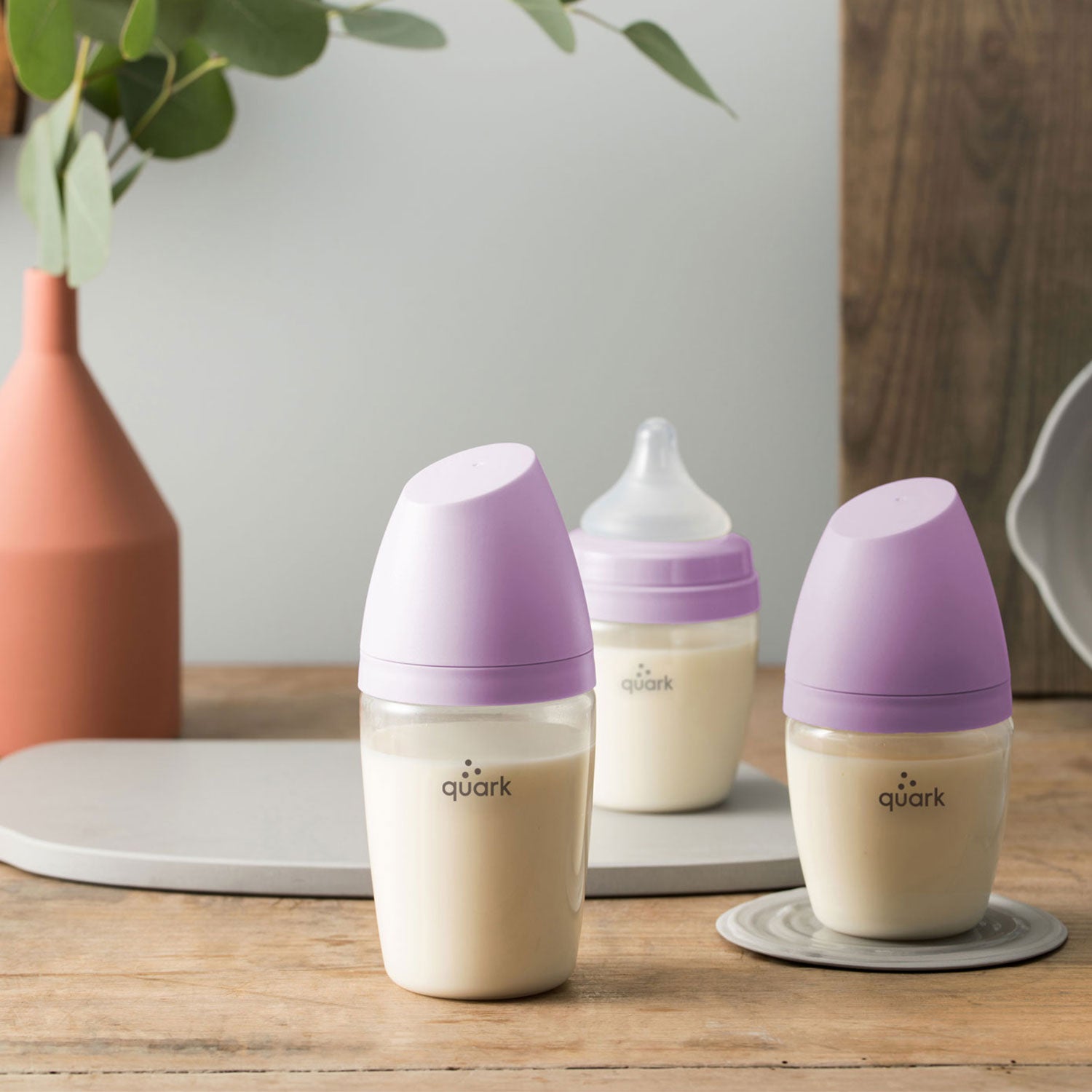




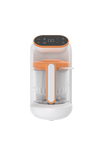
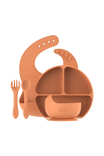
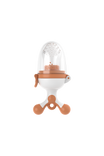
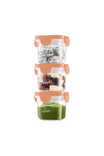

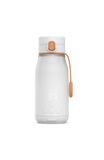
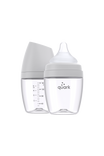
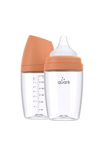
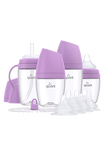
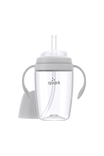
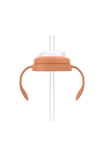
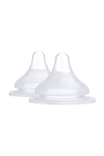
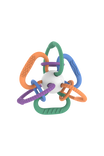




Laisser un commentaire
Tous les commentaires sont modérés avant d'être publiés.
Ce site est protégé par hCaptcha, et la Politique de confidentialité et les Conditions de service de hCaptcha s’appliquent.